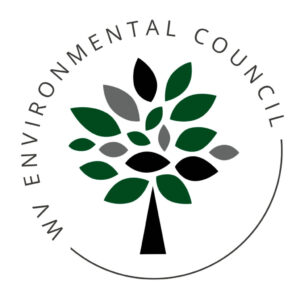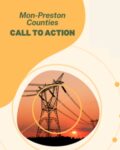West Virginia’s Current Challenges
CO₂ Storage Beneath State Parks
There have been recent proposals to inject and store carbon dioxide under West Virginia’s state parks as part of carbon capture and storage (CCS) initiatives. While CCS is intended to reduce atmospheric CO₂, placing it beneath protected public lands has triggered significant public backlash, due to concerns about leakage, seismic risks, and a lack of public consultation.
Ohio and Kentucky, by contrast, are considering CCS but are working more transparently through demonstration projects and regulations that involve stakeholder input, not targeting state parks.
Weak Timbering Enforcement
While West Virginia regulates timbering, its enforcement is not as strict or well-resourced as in states like Pennsylvania or Virginia, which have stronger forest conservation laws, sustainable harvest limits, and state-funded stewardship programs.
For example, Kentucky’s Forest Conservation Act mandates landowner compliance with water and soil protection standards, and North Carolina requires vegetated stream buffers to prevent erosion and protect aquatic habitats.
Pollution from Coal and Gas
Despite the decline of coal elsewhere, coal mining still wields enormous political power in WV, often weakening regulatory oversight. Emissions, runoff, and land degradation from both coal and gas operations persist.
In contrast, Virginia and North Carolina are actively transitioning away from fossil fuels, with binding goals to reach 100% carbon-neutral energy by 2050 and ambitious timelines to reduce dependence on coal by 2030–2045.
What Neighboring States Are Doing Differently
Renewable Energy Incentives
Virginia: Offers tax exemptions, grants, and streamlined permitting for solar and wind projects. The Virginia Clean Economy Act commits the state to fully renewable energy by 2050.
North Carolina: Has a Clean Energy Plan that mandates utilities to reduce emissions and invest in solar and offshore wind. The state provides funding for low-income solar access through its ‘Solar for All’ programs.
West Virginia, while encouraging solar and wind on paper, lacks comparable incentives and legislative commitments, leaving projects largely to private initiative with limited public support.
Water Quality and Floodplain Management
Pennsylvania: Enforces strict water protections, especially in fracking zones, and has one of the nation’s most aggressive flood protection programs, integrating wetland restoration and floodplain buyouts.
North Carolina and Virginia: Emphasize reducing nutrient runoff, preventing algal bloom, and promoting public education on watershed health.
West Virginia, although it has robust floodplain management policies on paper, often falls short in terms of funding and local implementation. Drinking water protections and pollution monitoring are not as proactive, especially in rural or coal-impacted areas.
Why This Matters
West Virginia is uniquely positioned — rich in natural beauty, biodiversity, and environmental resilience. But without modernizing its environmental regulations and investing in renewable infrastructure, the state risks falling further behind economically and ecologically, especially when federal funding or new businesses favor climate-conscious states.
Neighboring states are proving that economic development and environmental protection can go hand in hand — and West Virginia could too, with stronger political will and community pressure.






